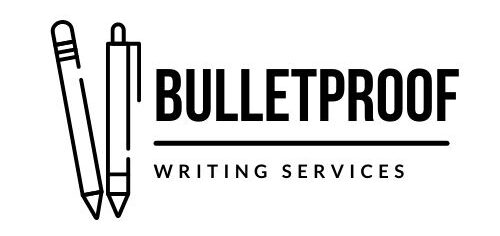Trying to find ways to expand your author platform and increase visibility? PR can help! This month, we’re focusing on public relations: what it is, how you can use it to strengthen your brand, and how to create powerful pitches to connect with media outlets.

What Is PR?
The goal of public relations (PR) is to create and sustain a positive reputation for you as an author. To do that, you or your publicist manage relationships with members of the media, like bloggers, reviewers, influencers, and journalists. This creates publicity and buzz around your work—and helps you connect with your target audience.
Is PR the Same as Marketing?
Marketing and public relations are different.
With PR, you want to boost your visibility and strengthen your credibility, which increases the reach of your book and platform. Public relations opportunities for authors look like these:
- Author panels
- Author talks
- Book launch events
- Festival sessions
- Guest blogger spots
- Interviews
- Live Q&A sessions
- Newsletter swaps
- Speaking gigs
- Podcast guest slots
But with marketing, you’re developing plans and ways to promote and sell your book. The goal is to produce sales and build awareness about your book. Book marketing involves tasks like these:
- Book festival exhibits
- Book signings
- Email newsletters
- Paid ads
- Sales pages
- Social media campaigns
- Target audience identification
How Does PR Help Authors?
Investing in public relations can pay off since you benefit from it in several ways.
- Establish your credibility: Creating a foundation of trust and authenticity strengthens your position as an expert.
- Build your brand: Having a positive reputation, good visibility, and clear positioning all help boost your brand.
- Grow your platform: When you access new markets, you expand your reach.
- Create longevity: Public relations helps you build a lasting fan base, makes you a known figure in your field, and prompts opportunities for future books.
How Do You Create PR Pitches?
Once you’ve identified which media outlet you want to connect with, use this three-step guide to create your first pitch.
Step 1: First Contact
Start by sharing your hook. How is your book going to change the way we view [your topic]? Highlight the value you’ll bring to the audience. Keep this brief—no more than fifteen words.
For your second paragraph, focus on what the book is and how it relates to today’s news. Again, keep it short. Your goal for this first point of contact is to create interest. It’s not about selling. You’re here to share information and expertise.
After you send the message, wait seventy-two hours. That gives your contact enough time to review and think about your pitch.
Pro tip: Make the most of your white space. Under your signature line, feature more details (like your media kit!) about your new book.
Step 2: Second Contact
Once seventy-two hours have passed, it’s ok to send a follow-up message. Still keep it brief, but this time, offer additional value to catch the reader’s attention.
Use this framework for your follow-up email to expand on your first pitch:
- Introduce yourself with a powerful one-sentence bio. At this point, who you are is more important than your book.
- Show how your platform’s reach and audience align with this media outlet’s.
- Share three or four specific talking points that tie your expertise in with trending topics or news.
- Close with a humble brag. This is a great place to share about the awards you’ve won, media appearances you’ve had, or talks and presentations you’ve led.
Step 3: Final Inquiry
If you haven’t received a response after a week, you may send a final email. Politely ask if there is a decision timeline your contact is following. Thank them for their time and consideration.
Keep it professional. After that third attempt, if you haven’t heard back, don’t go on spamming your contact with the same pitch. Move on to another outlet.
PR Best Practices
When you reach out to members of the media, follow these best practices:
- Establish a relationship: Start by complimenting their recent work, not by pitching yourself.
- Share newsworthy content: What are you working on that relates to a hot topic or developing story?
- Adapt your approach: Pitches aren’t one-size-fits-all. Modify each pitch to reflect the brand you want to connect with.
- Be responsive and accessible: Check your messages and answer your phone regularly after you submit a pitch. Make it easy for people to connect with you.
- Respect their guidelines: Everyone works differently. One journalist accepts email attachments, another won’t. If you want to work with them, you need to honor their procedures.
- Follow up and be kind: A little kindness goes a long way. Even if someone declines your pitch, thank them for the opportunity or the connection.
- Connect on social media: Keep in touch. You never know when a post might resonate with someone and provide an opportunity to pitch to them again.
Bonus tip: Need some help connecting with the media? Muck Rack is a comprehensive media database and public relations platform you can use to find journalists, monitor news coverage, and manage media relationships. And Qwoted connects experts like you with members of the media for free!
Takeaways
PR is more than marketing. It’s a long-term effort to strengthen your reputation and create awareness of your brand by forming connections with the media. By increasing your visibility, you’ll grow your author platform and sell more books. When you need help with your PR pitches, contact me! Together, we can make your copy bulletproof so you can submit your pitches with confidence.
